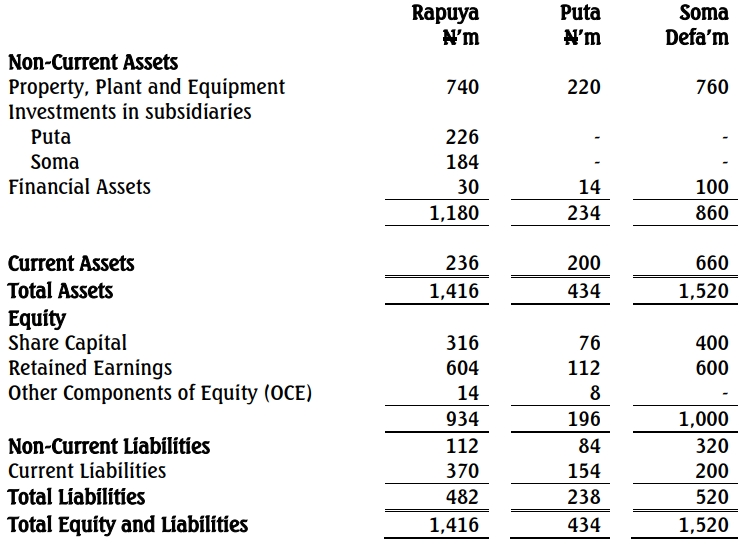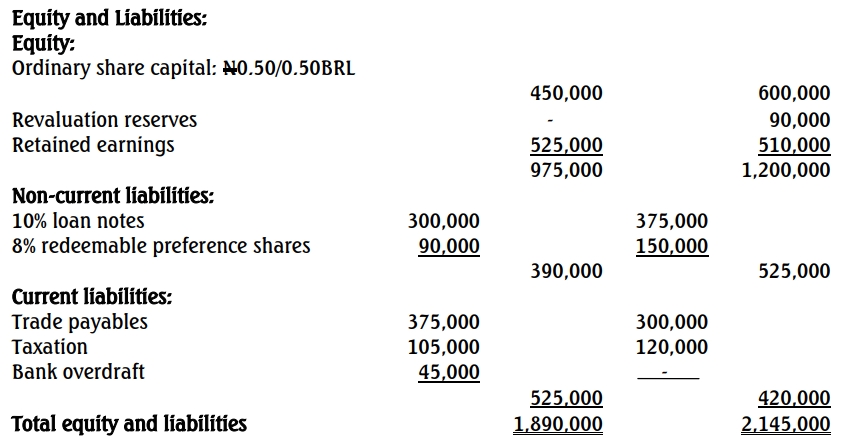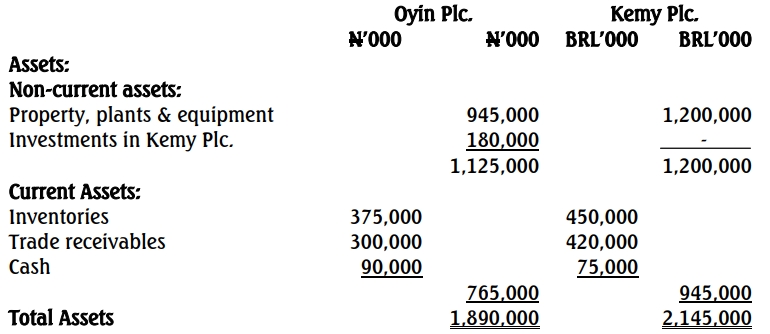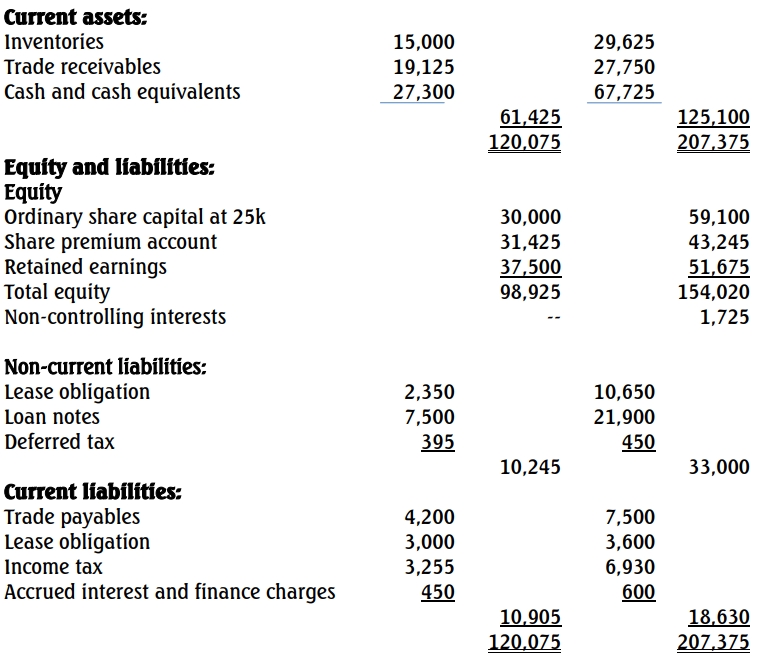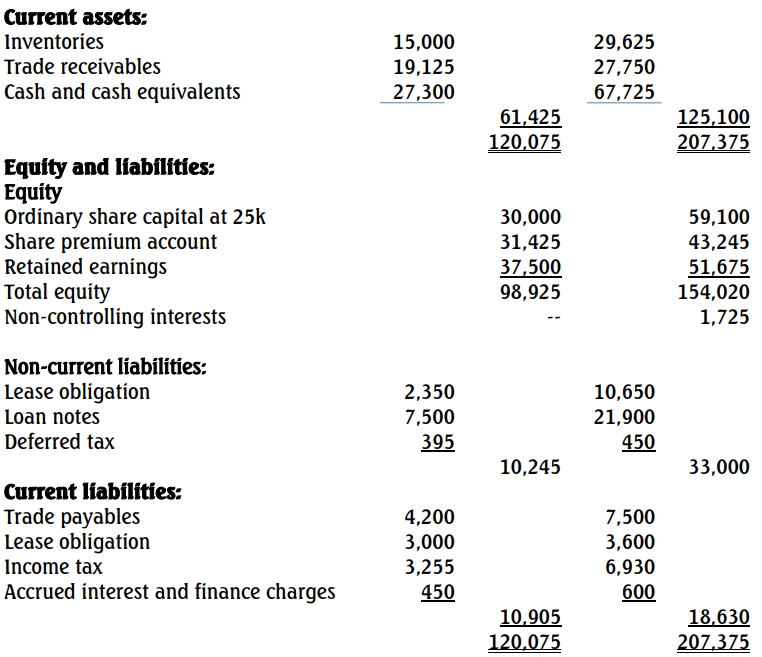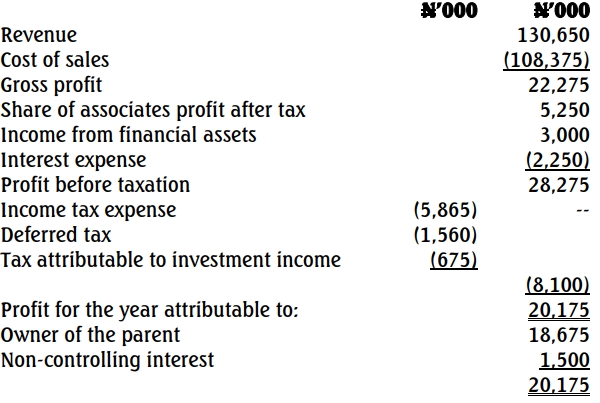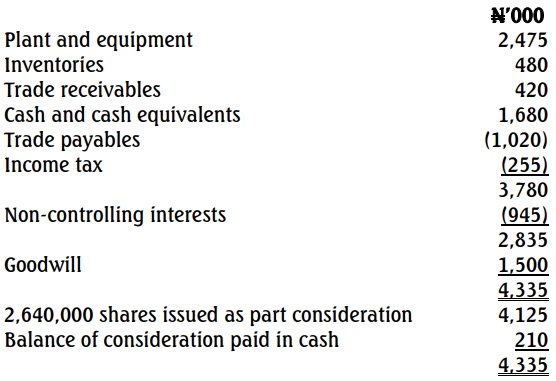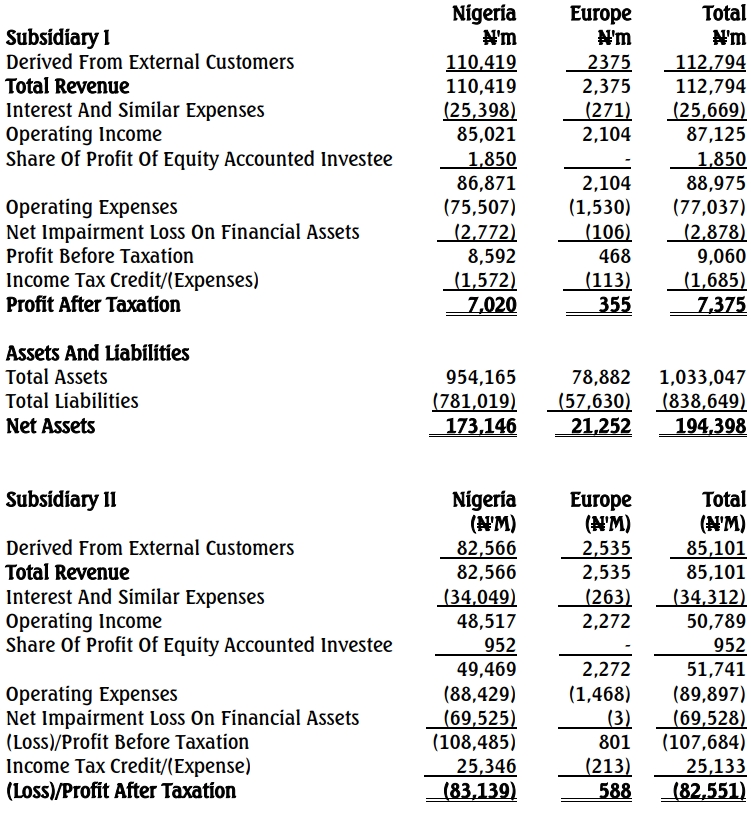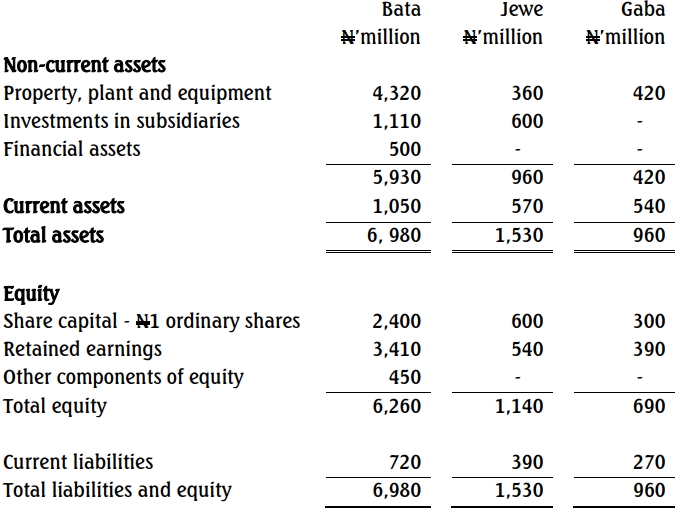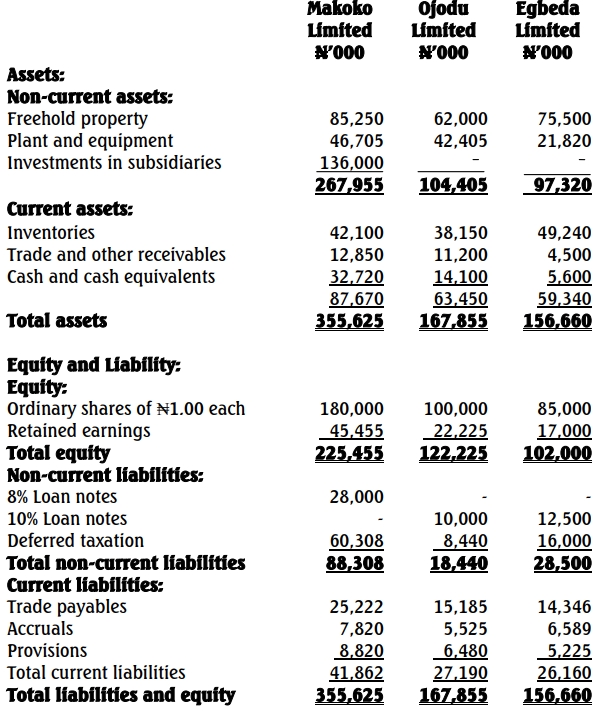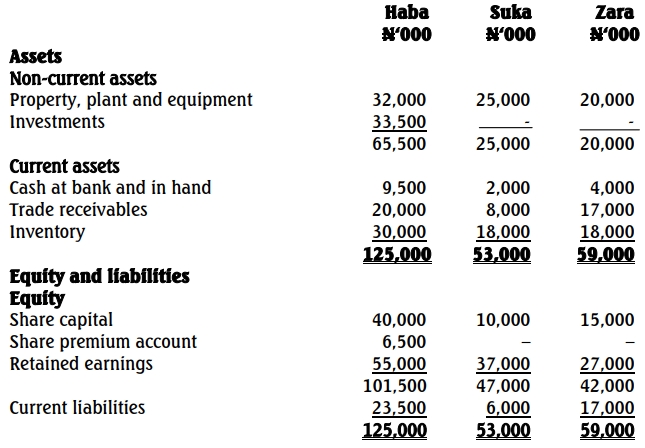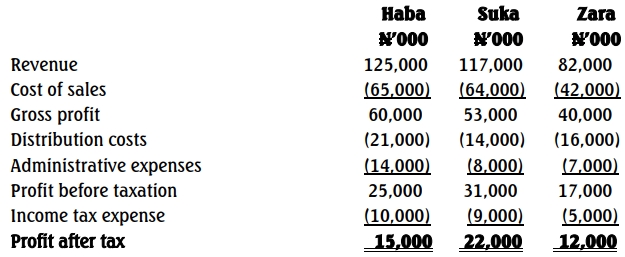You are the chief accountant of Japa PLC, that prepares consolidated financial statements. The managing director who is not an accountant, has recently attended a workshop at which key corporate reporting issues were discussed.
The managing director remembers being taught the following at the workshop:
i. Financial statements of an entity should reflect the substance of its transactions.
ii. Revenue from contracts with customers should only be recognized when certain conditions have been satisfied. Transfer of legal title of the goods is not necessarily sufficient for an entity to recognize revenue from their sales.
The financial year-end of Japa PLC is August 31. In the year to August 31, 2021, the company entered into the following transactions:
Transaction 1
On March 1, 2021, Japa PLC sold a property to Kalokalo Bank LTD for N50 million. The market value of the property at the date of the sale was N100 million. However, Japa PLC continues to occupy the property rent-free. Japa PLC has the option to buy the property back from Kalokalo Bank LTD at the end of every month from March 31, 2021, until February 28, 2026. Japa PLC has not yet exercised this option.
The repurchase price will be N50 million plus N500,000 for every complete month that has elapsed from the date of sale to the date of repurchase. Kalokalo Bank LTD did not require Japa PLC to repurchase the property, and the facility will lapse after February 28, 2026.
The director of Japa PLC expects property prices to rise at around 5% each year for the foreseeable future.
Transaction 2
On September 1, 2020, Japa PLC sold one of its branches to Andrew Tourist Nig. LTD for N80 million. The net assets of the branch in the financial statements of Japa PLC immediately before the sale were N70 million. Andrew Tourist Nig. LTD is a subsidiary of Kalokalo Bank LTD and was specifically incorporated to carry out the purchase; it has no other business operations. Andrew Tourist Nig. LTD received the N80 million to finance this project from its parent (Kalokalo Bank LTD) in the form of a loan.
Japa PLC continues to control the operations of the branch and receives an annual operating fee from Andrew Tourist Nig. LTD. The annual fee is the operating profit of the branch for the 12 months to the previous August 31, less the interest payable on the loan taken out by Andrew Tourist Nig. LTD for the 12 months to the previous August 31. If this amount is negative, then Japa PLC must pay the negative amount to Andrew Tourist Nig. LTD.
Any payments to or by Japa PLC must be made by September 30 following the end of the relevant period.
In the year to August 31, 2021, the branch made an operating profit of N20 million, and interest payable by Andrew Tourist Nig. LTD on the loan for this period was N8 million.
Required:
(a) In accordance with IFRS 15 – Revenue from contracts with customers, discuss the conditions that need to be satisfied before revenue can be recognized. (5 Marks)
(b) Write a memo to the managing director of Japa PLC explaining how the transactions described above will be dealt with in the consolidated financial statements of Japa PLC for the year ended August 31, 2021, in accordance with IFRS 15. (10 Marks)
(Total 15 Marks)

